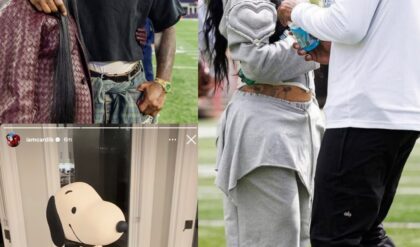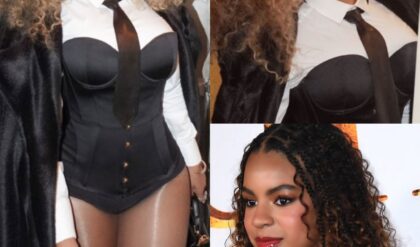The Walking Dead is often lauded for its use of the gruesome zombie plague trope to weave powerful human dramas. However, the massive franchise does not have a monopoly on heartbreaking horror stories, and Handling the Undead is here to prove it. The latest adaptation of a John Ajvide Lindqvist novel — the author who gave us Let the Right One In — explores themes of grief and closure through the stories of families whose recently-lost loved ones begin to return…but not as they once were.
Any George Romero fan knows that the graveyard is fertile ground for social statements, and filmmaker Thea Hvistendahl definitely got the memo. Her adaptation of Lindqvist’s second novel uses the care and feeding of cannibal corpses as a metaphor for the elusiveness of closure when wounds won’t heal and memories refuse to die. Hvistendahl’s grasp of this difficult subject matter makes her first feature film both painfully realistic and highly relatable.
Handling the Undead Highlights the Humanity in Horror
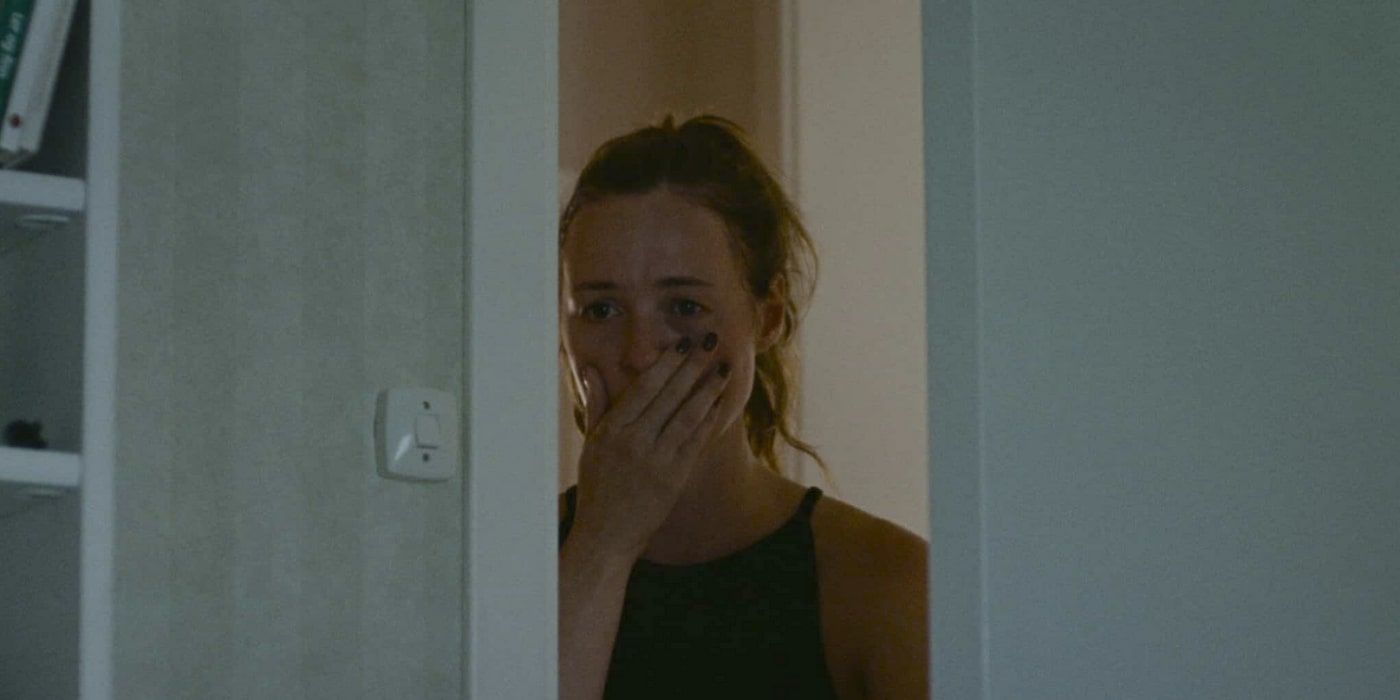
John Ajvide Lindqvist Adaptations
Let the Right One In (2004): Swedish feature film, American remake, Showtime television series, two stage productions (Swedish and Scottish), comic book series from Dark Horse and Hammer Film Productions.
Handling the Undead (2005): Norwegian feature film
Border (2018): Swedish feature film
Zombies offer a handy metaphor for the way unresolved problems can fester and eat away at people, and Handling the Undead makes this as literal as possible. Faced with the animated corpses of their loved ones, these protagonists deal with their pain by turning it into aggression toward others, holding it inside and becoming self-destructive, and avoidantly clinging to the hope of a return to normal. The film consists of three stories that occur simultaneously, providing a prismatic view of possible reactions to loss.
Mahler (Bjørn Sundquist) and his daughter Anna (Renate Reinsve) are drifting apart as they grieve the recent death of Anna’s little boy Elias (Dennis Østry Ruud). Elderly Tora (Bente Børsum) isolates herself after the loss of her partner Elisabet (Olga Damani). David (Anders Danielsen Lie) is a young father whose happiness is shattered when an accident puts his wife Eva (Bahar Pars) in the hospital, neither dead nor truly alive. David’s teen children (Inesa Dauksta and Kian Hansen) are deeply shocked and, like the other characters, struggle to accept the permanent changes in the newly resurrected.
The Walking Dead explored many possible angles on the zombie experience through seven seasons (and counting), but Handling the Undead efficiently surveys several other major possibilities. Unable to release Elias to the authorities, Anna and Mahler retreat to the woods where they realize they cannot outrun the plague. When Tora discovers Elisabet’s new dietary needs, she offers up her own life. Like many people with chronically ill or disabled loved ones, David’s family is forced to confine Eva to a hospital despite knowing she can’t be helped. Handling the Undead may be bleak, but it is also beautiful and emotionally honest.
Zombie Films Have Always Been Socially Conscious
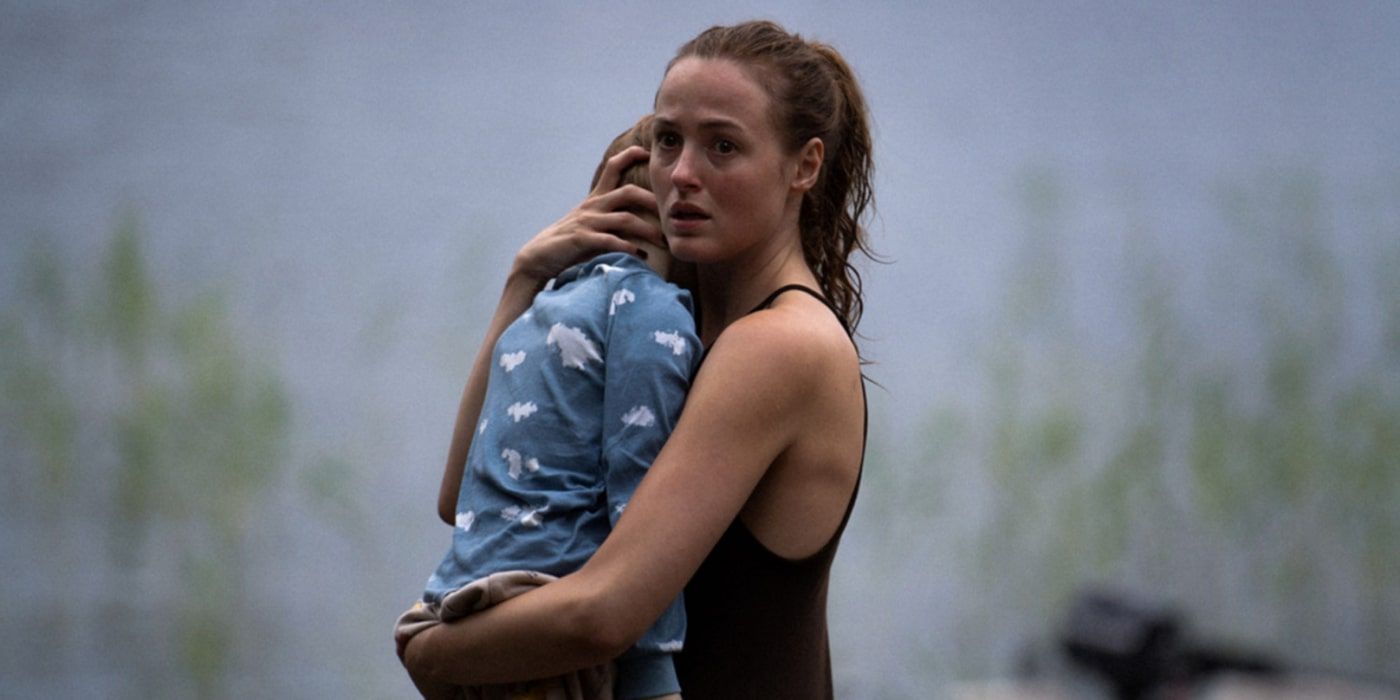

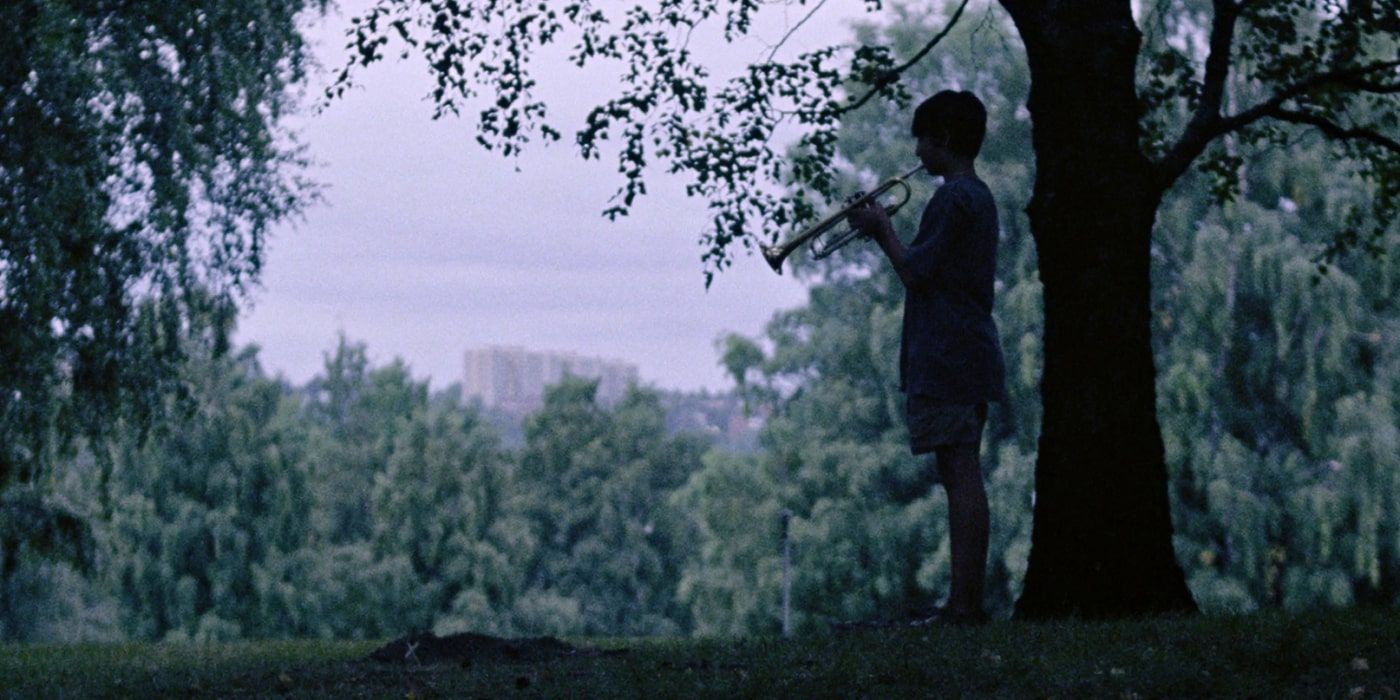
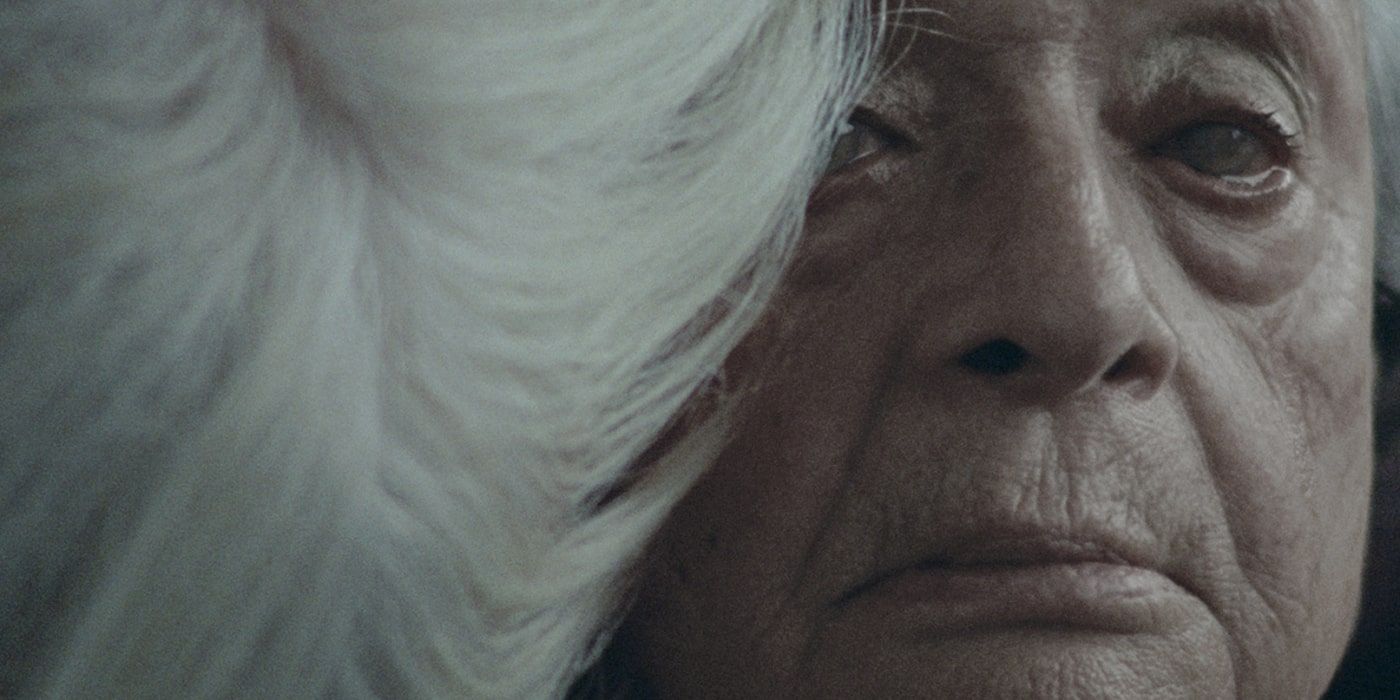
Credits for Rising Star Renate Reinsve
Lead the critically-acclaimed romantic comedy The Worst Person In the World (2021)
Starred in the Apple TV series Presumed Innocent (2024) with Jake Gyllenhaal
Shares the upcoming a24 movie The Governesses with Lily-Rose Depp and Hoyeon (Squid Game)
The zombie trope has always lent itself well to real-life social issues, even before George Romero’s zombie saga began in the 1960s. Zombies first shambled across the silver screen in 1919’s J’accuse, an anti-war epic with imagery of soldiers rising from the grave. In 1932’s White Zombie and 1943’s I Walked With a Zombie, American interlopers encounter voodoo slaves in the Caribbean. Modern zombie films like Otto, Grace, and Dead Girl successfully engage with LGBT+ issues and sexual trauma.
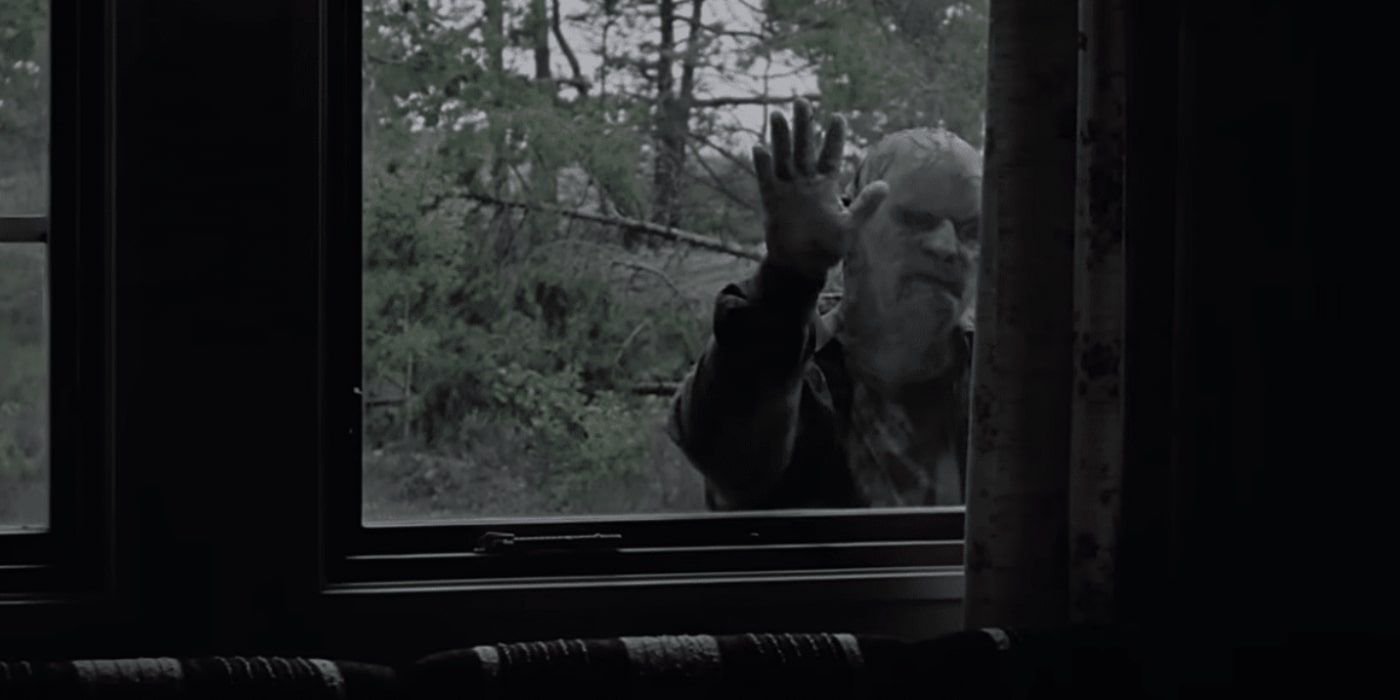
Handling the Undead doesn’t focus on a specific demographic or political situation, but instead describes the social effects of personal loss. Hvistendahl has described how death changes the living, impacting one’s role in life as well as their emotional state:
(The story) was more about how losing someone makes such big changes in the life of the living. It’s not just that someone they love is gone. It’s also that they get new responsibilities or the care they used to get is now gone and what does that mean? How do we deal with that?
In her film, the caretakers of the newly undead must decide how they will support one another, whether they will cooperate with authorities or seek professional help, and whether they will even remain a part of society. Grief is a hot topic in contemporary horror, with films like The Babadook, Hereditary, We Are Still Here, and Talk to Me creating harrowing confrontations with mortality. While those movies offer intense, subjective portrayals of mourning, Handling the Undead is a reminder that loss is both social and universal, producing a uniquely compelling viewing experience.
